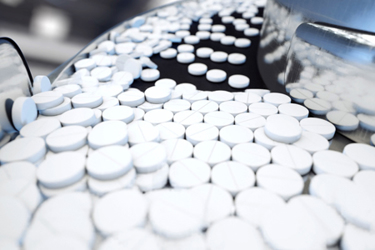Development And Manufacture Of A Highly Potent OSD Product

The pharmaceutical landscape is increasingly trending toward highly potent drug products, with approximately 41% of drug compounds registering an Occupational Exposure Limit (OEL) of 10 µg/m3 or less. Developing and manufacturing these compounds requires specialized expertise, robust containment solutions, and strategic planning.
A fundamental step during New Product Introduction (NPI) is a comprehensive COSHH assessment to define the molecule’s potency, mode of action, and appropriate handling requirements, ensuring operator safety and preventing cross-contamination in a multi-product facility. This is followed by a GMP Failure Mode and Effect Analysis (FMEA). A recommended approach for technical transfer involves manufacturing an initial placebo batch at the commercial scale to establish process parameters and allow safe investigation of issues before using expensive Active Pharmaceutical Ingredient (API).
Development challenges often arise, such as punch sticking during tablet compression, which can be resolved by adjusting lubricant, tooling design, or introducing chromium nitride coated tooling. Packaging complex products, like unusually small tablets, may also require specialist change parts for bottling equipment to ensure accurate counting6. Ultimately, a strategic CDMO acts as an extension of the sponsor, utilizing a global network, meticulous testing, and strong supplier relationships to navigate these complex pharmaceutical projects from clinical supply to commercial launch.
Get unlimited access to:
Enter your credentials below to log in. Not yet a member of Outsourced Pharma? Subscribe today.
